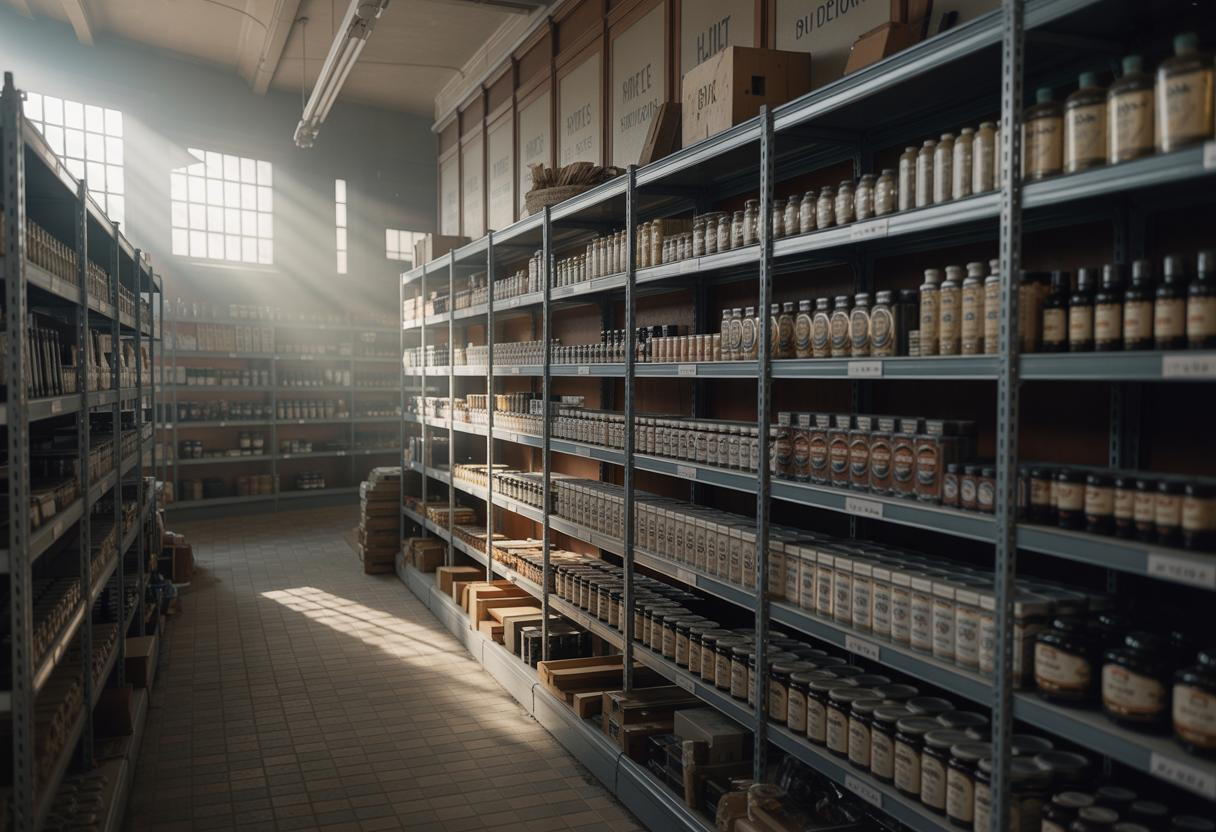A forgotten general store in New Mexico’s ghost town of Chloride has remained completely untouched for over 100 years, with every single item from 1923 still sitting exactly where it was left on the dusty shelves. This isn’t just another abandoned building—it’s a perfect time capsule that reveals shocking truths about how dramatically American commerce has changed in the past century.
The Pioneer Store Museum represents something extraordinary in our disposable culture: authentic preservation that money can’t buy. When silver prices collapsed in 1923, the store owners simply locked the doors and walked away, expecting to return when times improved. That day never came.
The accidental preservation that changed everything
Don and Dona Edmund discovered this treasure trove in 1989, purchasing the sealed building after it had sat untouched for 66 years. What they found inside defied belief: merchandise, documents, and fixtures arranged exactly as they were during the store’s final day of operation.
The restoration process took four years of painstaking work. The Edmunds documented every item’s placement before carefully removing decades of dust, bat droppings, and rodent debris. Their approach mirrors the creative preservation solutions on tight budgets that many rural communities must embrace when resources are limited.
“We wanted to preserve the authentic experience of stepping back in time,” explains the preservation effort that has created one of America’s most unique museums.
What the shelves reveal about forgotten America
Commerce operated on complete trust systems
The store’s ledger books reveal a shocking truth: most transactions were conducted on credit with handshake agreements. Customers regularly purchased items worth months of wages without immediate payment, relying entirely on personal relationships and community accountability.
Product durability standards were dramatically different
Tools, saddles, and household goods from 1923 remain functional after a century of storage. Modern planned obsolescence didn’t exist—manufacturers built products to last decades, not months. This approach to quality over quantity created entirely different economic relationships between consumers and businesses.
Local economies functioned as complete ecosystems
The store carried everything from mining equipment to medicine, serving as Chloride’s economic lifeline. Single businesses supported entire communities in ways that today’s specialized retail landscape makes nearly impossible.
Why this preservation model challenges modern approaches
Unlike traditional museums that remove artifacts from context, the Pioneer Store maintains every item in its original location. This creates an immersive experience that textbooks and curated exhibits cannot replicate. Visitors literally walk through history rather than observing it from behind glass.
However, this approach faces sustainability challenges common to many small towns facing infrastructure challenges. Chloride’s population has dwindled to fewer than 15 residents, making long-term preservation dependent on external support and tourism revenue.
Lessons for preserving disappearing communities
Documentation before intervention saves authenticity
The Edmunds’ methodical approach—photographing everything before cleaning—preserved the store’s integrity while making it accessible. This documentation-first strategy ensures that restoration enhances rather than compromises historical accuracy.
Community-driven efforts create lasting impact
Like other community-driven transformation stories, the Pioneer Store’s success stems from individual dedication rather than institutional funding. The Edmunds’ personal investment created something that formal preservation programs might have sanitized beyond recognition.
Heritage tourism supports rural economies
The museum attracts visitors seeking authentic experiences, providing economic benefits to the surrounding region. Rural heritage sites can generate sustainable income when they offer genuinely unique experiences that urban attractions cannot replicate.
The future of accidental time capsules
The Pioneer Store Museum proves that sometimes the best preservation happens when we simply leave things alone. In our rush to modernize and improve, we often destroy the very authenticity that makes places special. This century-old store reminds us that the most valuable historical experiences come from stepping into the past exactly as it was, dust and all.
